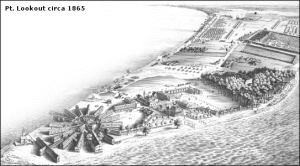History professor and Shenandoah Valley Civil War expert Dr. Brandon Beck’s newest book is now available. Winchester’s Three Battles: A Civil War Driving Tour Through Virginia’s Most War-Torn Town will be officially released on Saturday, September 24 at Winchester, Virginia’s Old Court House Civil War Museum which is operated by the Shenandoah Valley Battlefields Foundation [SVBF]. This is Dr. Beck’s 11th book on the Civil War. He is professor emeritus in history from Shenandoah University. He will sign books from 4-6 pm this day and then a reception follows.

Winchester’s Three Battles front cover
This type of book is much needed as a guide for Winchester visitors and residents alike. Union and Confederate forces fought over and occupied Winchester, Virginia during the entire Civil War. Winchester’s location at the north end of Virginia’s Shenandoah Valley plus its road and rail network meant that civilians and their property would not be spared the sword. This book is a concise driving tour and history of three battles fought around the town: the First Battle of Winchester in May 1862; the Second Battle of Winchester in June 1863; and the Third Battle of Winchester in September 1864. Civil War buffs and those interested in tracing the trail of their Union and Confederate veteran relatives will want to make this book a companion as they travel the roads and battlefields around Virginia’s most war-torn town.
WINCHESTER’S THREE BATTLES: A Civil War Driving Tour Through Virginia’s Most War-Torn Town By Brandon H. Beck [Angle Valley Press, 2016]
11 x 9 softcover, 194 pages, maps, images, bibliography, $21.95
ISBN 978-0-9711950-6-6










![Battle of Fort Gregg [Confederate Alamo] Featured on Confederate Veteran Cover](https://www.anglevalleypress.com/wp-content/uploads/2015/05/20150417_152343-642x250.jpg)


